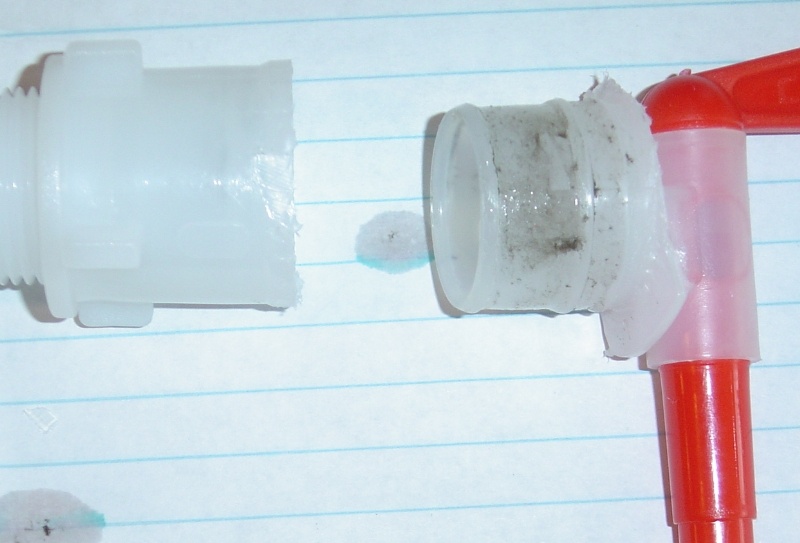Cubslover
Well-Known Member
As a back story; I've brewed for 7-8 years now, I switched to all grain 2 years ago.
I've struggled with what I believe to be Acetobacter in my last 6, yes SIX batches.
5 of them were whole grain batches. I felt great about them, hit my temps, hit my SG, quick thorough fermentation, then when I get prepared to bottle, WHAM, Vinegar.
My last batch was about 3 months ago. A 40 IBU pale ale dryhopped with a healthy dose of my fresh homegrown Cascade and Chinook hops. I bleach soaked everything before starsan. Primary is an Ale Pale (no visible scratches, although it is a few years old). Fermentation was good, no hint of vinegar when I racked to the secondary (better bottle) and hit it with the hops. Still no sign of vinegar when I bottled (also bleach soaked my bucket before rinsing then starsan).
Popped my first bottle 4 weeks after bottling (bottles stayed at 55 deg in my fermentation chamber), VINEGAR! I cranked down the temp to see if I could slow it down, but to no avail.
It's spent about 2 months in the bottle and it's the same, which points me to the Acetobacter hypothesis.
The only thing I can think of is that I've overlooked is that I haven't replaced or even removed the valve from my bottling bucket. I really hope that has been my problem.
In any event, I'm replacing my buckets, tubing, and siphon and I want to try this one last time. If I end up with ANYTHING other than vinegar, I will keep at it. I really do NOT want to quit, but I simply cannot continue throwing money down the drain, literally.
Please provide a few words of encouragement and even direct me at a good simple recipe or suggest a style that I can brew to get me back in the saddle. I'm thinking of a simple Partial Mash Brown Ale or Oatmeal Stout.
I've struggled with what I believe to be Acetobacter in my last 6, yes SIX batches.
5 of them were whole grain batches. I felt great about them, hit my temps, hit my SG, quick thorough fermentation, then when I get prepared to bottle, WHAM, Vinegar.
My last batch was about 3 months ago. A 40 IBU pale ale dryhopped with a healthy dose of my fresh homegrown Cascade and Chinook hops. I bleach soaked everything before starsan. Primary is an Ale Pale (no visible scratches, although it is a few years old). Fermentation was good, no hint of vinegar when I racked to the secondary (better bottle) and hit it with the hops. Still no sign of vinegar when I bottled (also bleach soaked my bucket before rinsing then starsan).
Popped my first bottle 4 weeks after bottling (bottles stayed at 55 deg in my fermentation chamber), VINEGAR! I cranked down the temp to see if I could slow it down, but to no avail.
It's spent about 2 months in the bottle and it's the same, which points me to the Acetobacter hypothesis.
The only thing I can think of is that I've overlooked is that I haven't replaced or even removed the valve from my bottling bucket. I really hope that has been my problem.
In any event, I'm replacing my buckets, tubing, and siphon and I want to try this one last time. If I end up with ANYTHING other than vinegar, I will keep at it. I really do NOT want to quit, but I simply cannot continue throwing money down the drain, literally.
Please provide a few words of encouragement and even direct me at a good simple recipe or suggest a style that I can brew to get me back in the saddle. I'm thinking of a simple Partial Mash Brown Ale or Oatmeal Stout.




 selfish thread-jack; it's very helpful to know what to switch to in order to make sanitizing easier and more thorough.
selfish thread-jack; it's very helpful to know what to switch to in order to make sanitizing easier and more thorough.


